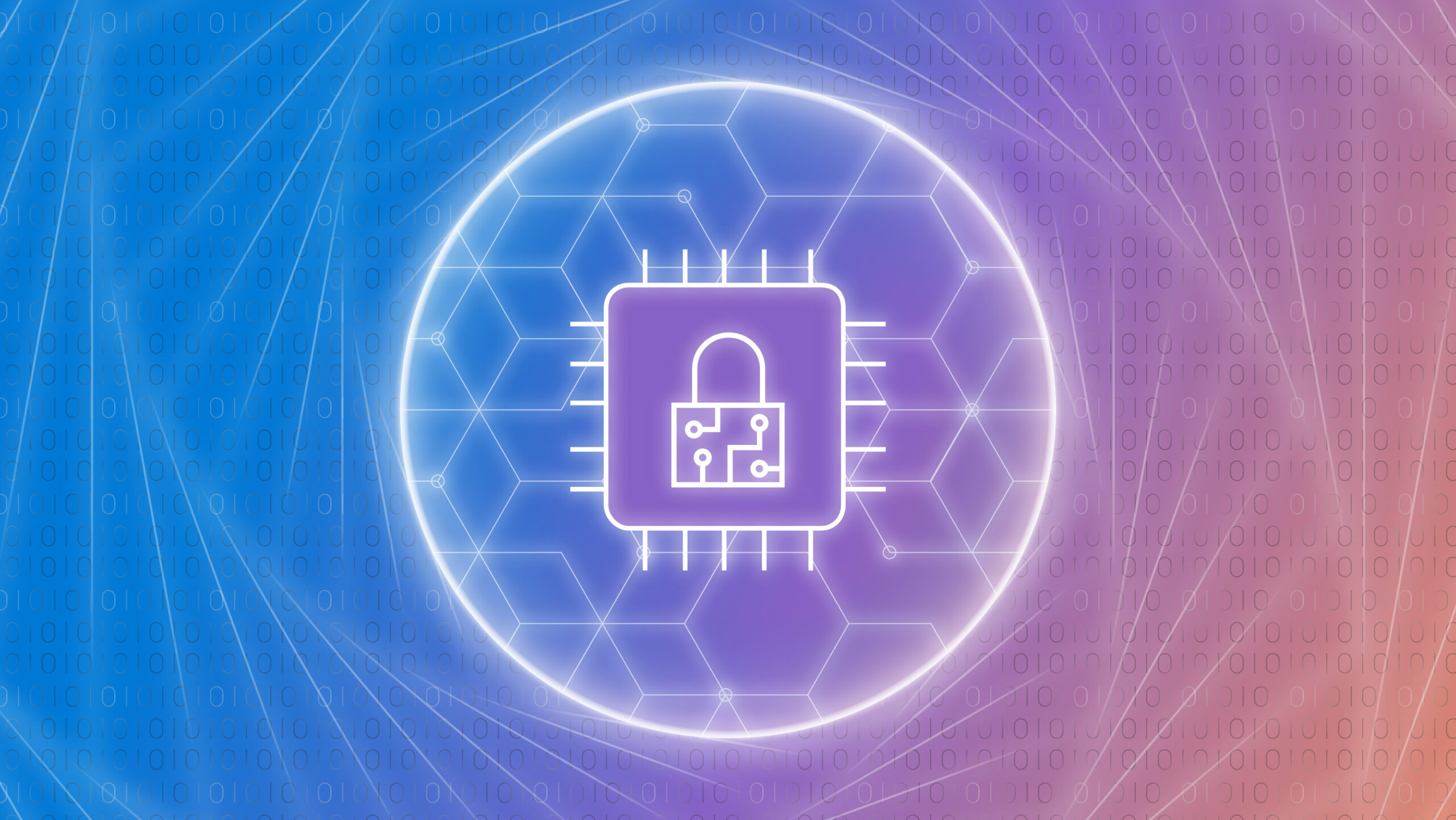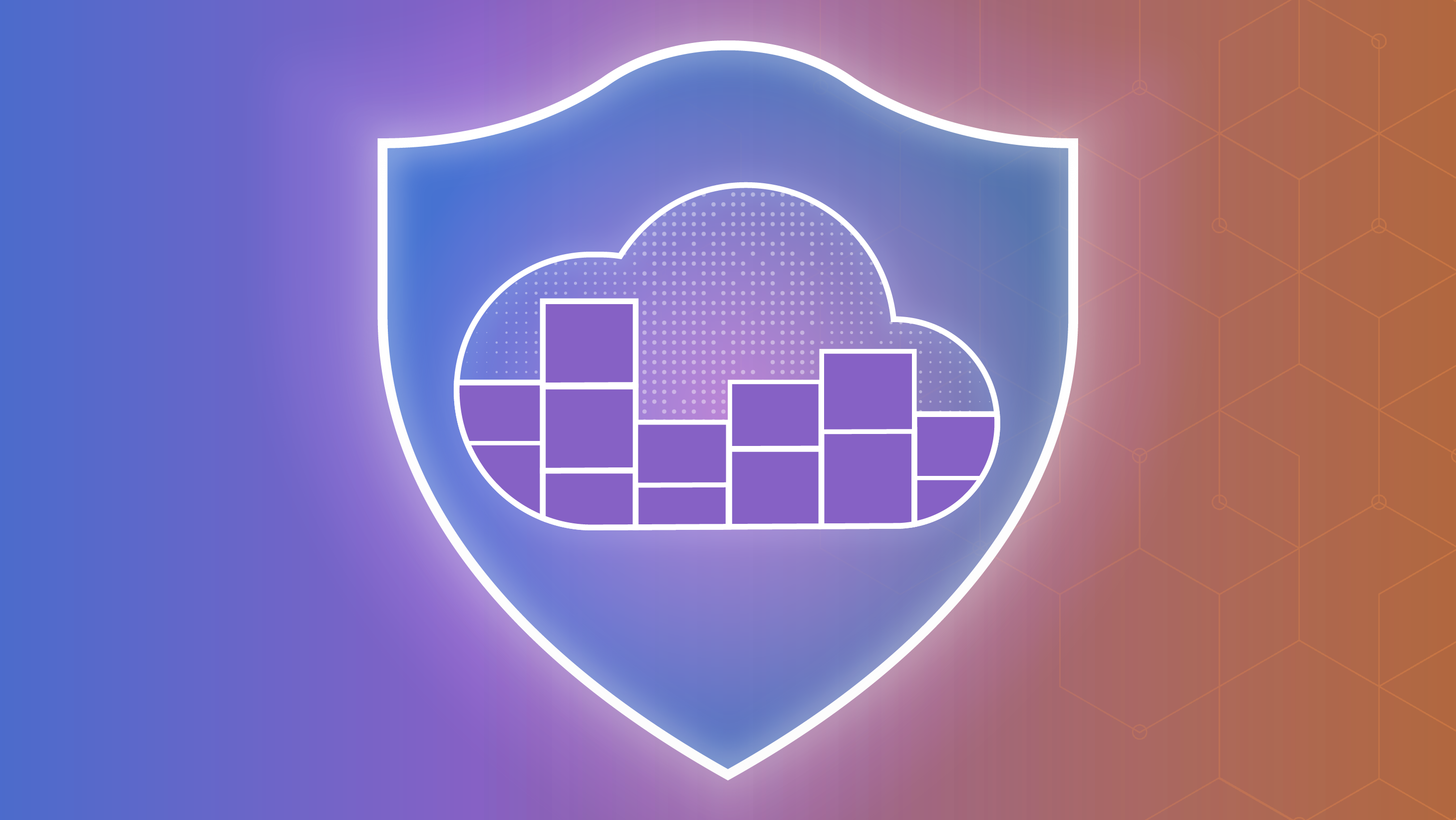
For many organizations, trusting their data to the cloud requires having a complete understanding of and control over the environment in which that data resides and how it’s being processed. Microsoft understands this, and we are committed to building a trustworthy cloud—one in which security, privacy, and transparency are built into its core. A key part of this vision is confidential computing—a set of hardware and software capabilities that give data owners visibility into the data environment and verifiable security protection of their data in use.
The Confidential Computing team at Microsoft Research is collaborating with hardware developers to create trusted execution environments (TEEs), where data stays encrypted not just when stored (encryption at rest) and in transit, but also during use. This work underpins the Azure confidential cloud platform, where users can upload encrypted code and data and get encrypted results back with strong privacy.
At Microsoft Build 2022, the company announced serverless confidential containers with lift-and-shift support, the next step in the evolution of confidential computing. This service builds on the Confidential Containers work conducted at Microsoft Research. Confidential Containers offers a verifiably secure container environment in Azure where users can confirm that the software performing computations on their data is exactly the software they expect to be running, that it will do what they want it to do with their data, and that they can trust the results it returns. Confidential Containers enables users to take existing container workloads, and with a small amount of configuration, use them in a confidential environment.
Smaller trusted computing base
Confidential Containers decreases the size of the trusted computing base (TCB)—the totality of elements in a computing environment that must be trusted not to violate the confidentiality of computation. The TCB can include software, hardware, and human administrators, among other things. By removing elements from the TCB, the components that can be compromised are reduced, decreasing the attack surface. Confidential Containers removes Microsoft administrators from the TCB, minimizing it as much as possible while still enabling customers to run existing workloads without modifying them.
This reduced TCB provides an option for organizations that currently run computations on their data on premises because they are concerned about the security of their data in the cloud. Even though setting up a computation environment in the cloud offers flexibility, data can be exposed to anyone who operates the servers on which the system runs. With Confidential Containers, the individuals who can access the data can be tightly controlled. This can be a single designated employee of the organization that owns the data or the business partner that is processing the data. It is never a Microsoft employee or another third party.
Encrypted, policy-constrained computing environment
A secure hardware environment enables data protection in use. Confidential Containers runs on AMD processors backed by AMD Secure Encrypted Virtualization-Secure Nested Paging (SEV-SNP), which provides a TEE. This hardware-enforced security boundary provides a shield so that nothing outside the encrypted memory space can read the data.
Users of Confidential Containers create a policy defining precisely what can run in the confidential container environment and how. The AMD SEV-SNP hardware produces an attestation report, which provides a succinct representation of everything in the confidential environment, including information about the code that will be enforcing the policy. Users can request this attestation report any time before providing the container with a key to unlock the encrypted dataset for processing.

Sensitive data handling in the cloud
Before the development of HTTPS, businesses could not securely run a storefront on the public web because communication over the internet was not secure. In the same way, today individuals and organizations cannot run containerized computation over sensitive data in the public cloud. Confidential Containers addresses this need.
This is a game-changer for organizations that must comply with local and international regulations on how sensitive data is handled. For example, healthcare organizations that store encrypted patient information in the cloud are required by HIPAA regulations to download that data to perform computations on premises. This multistep process entails decrypting the data once it has been downloaded to an organization’s servers, performing the required computations, and then re-encrypting the data before re-uploading it to the cloud. It also requires ensuring that the on-premises environment contains the security architecture necessary to comply with HIPAA and other regulations.
Because Confidential Containers provides advanced security safeguards for data in use in Azure, organizations no longer need to perform these time-consuming steps. This also means they no longer need to maintain servers on premises. Moreover, Azure users can define even stricter policies for their container environment in the cloud than they have in place in their on-premises environment.
Secure multiparty computations
Another benefit of Confidential Containers is they enable secure multiparty computations. A single organization can securely process multiple datasets that contain sensitive information, or multiple organizations with datasets that must remain secure can share those datasets with the assurance that their data will not leak. Organizations can perform computations on multiple datasets, such as for training a machine learning model, and gain better results than they would if performing computations on a single dataset, all without knowing what is in those datasets.
Easy deployment and lift-and-shift of Linux containers
Creating a confidential container is straightforward for Azure users who are currently using or getting ready to use containers, requiring a small amount of configuration to move existing workloads. Linux users can easily lift-and-shift their Linux containers to Confidential Containers on Azure.
Unlimited potential with Confidential Containers
We believe that in the future, all computing in the cloud will be confidential, and we’re excited to share Confidential Containers—a technology that plays a role in making this happen. The capabilities it provides will have implications that we have yet to imagine. We’re particularly excited by the potential of multiparty computations. The ability to perform computations in a protected environment on multiple datasets brings limitless possibilities, unlocking great value to Azure users.
Confidential Containers is currently available for limited preview and will be available for public preview later this year. Sign up for the Confidential Containers preview.
The post Confidential Containers: Verifiably secure computation in the cloud appeared first on Microsoft Research.
